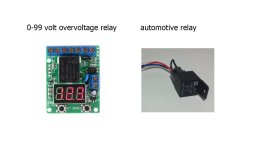You are looking at a .03v overcharge per cell, assuming a perfect balance. I would not worry about it, possible that you are measuring with a tool not really accurate to .01v anyway. Another thing to consider, as chargers age, they typically start to put out lower voltage anyway.
In any case, balancing with that charger will not harm the pack, the bms will kick in to discharge high charged cells as soon as it should. Just don't store it that way a long time, ride it down to your target full charge voltage asap after you balance charge it.
Another story if you are charging naked cells. Then you might want to turn it down somehow, adjust the pot if possible, or do something with the output to drop its voltage. .3v,, a long cord on the dc end would do er.


